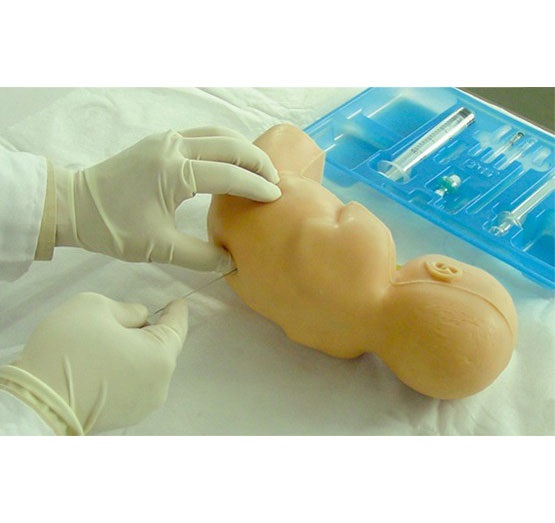

Article tag: Neonatal lumbar puncture model| lumbar puncture model|
A neonatal lumbar puncture is a highly specialized medical procedure that is important for the diagnosis and treatment of certain diseases. In medical education and clinical practice, in order to improve students' operational skills and ensure patient safety, neonatal lu...
A neonatal lumbar puncture is a highly specialized medical procedure that is important for the diagnosis and treatment of certain diseases. In medical education and clinical practice, in order to improve students' operational skills and ensure patient safety, neonatal lumbar puncture models are often used for simulation training. However, the question of whether this model can completely replace real operation needs to be discussed further.

First, the neonatal lumbar puncture model is structurally and functionally very similar to the lumbar spine of a real baby. These models are often manufactured using advanced materials and techniques that simulate the lumbar spine structure, skin texture and piercing feel of an infant. In addition, the model can also simulate various situations that may occur during lumbar puncture, such as cerebrospinal fluid outflow, bleeding, etc., to provide a close to the real training environment for medical students.
However, although the neonatal lumbar puncture model is highly simulated, it is still not a complete substitute for real operation. This is because in practice, doctors will face many unforeseen challenges and changes. For example, the patient's physical condition, mental state, and emotional response can all affect the doctor's operation. In addition, the real operation also requires the doctor to have rich clinical experience and judgment ability to deal with possible complications and unexpected situations.
In addition, there are some limitations to the neonatal lumbar puncture model. For example, the model cannot simulate the physiological responses and pathological changes of a real baby, and cannot fully simulate all the complications that may occur during a lumbar puncture. In addition, the model could not provide for the psychological and emotional stress of real operation, which may affect the operational performance and self-confidence of medical students.
Therefore, while the neonatal lumbar puncture model plays an important role in medical education and clinical practice, it is not a complete substitute for real-world procedures. In practice, doctors need to combine the specific situation of patients, their own clinical experience and judgment ability to operate to ensure the safety of patients and treatment effects. At the same time, medical students also need to improve their operational skills and clinical ability through a lot of simulation training and clinical practice.
In summary, the neonatal lumbar puncture model is an effective medical teaching tool, but it is not a complete substitute for the real procedure. In practical applications, we need to combine simulation training and clinical practice to improve the operational skills and clinical abilities of medical students to ensure patient safety and therapeutic effect.